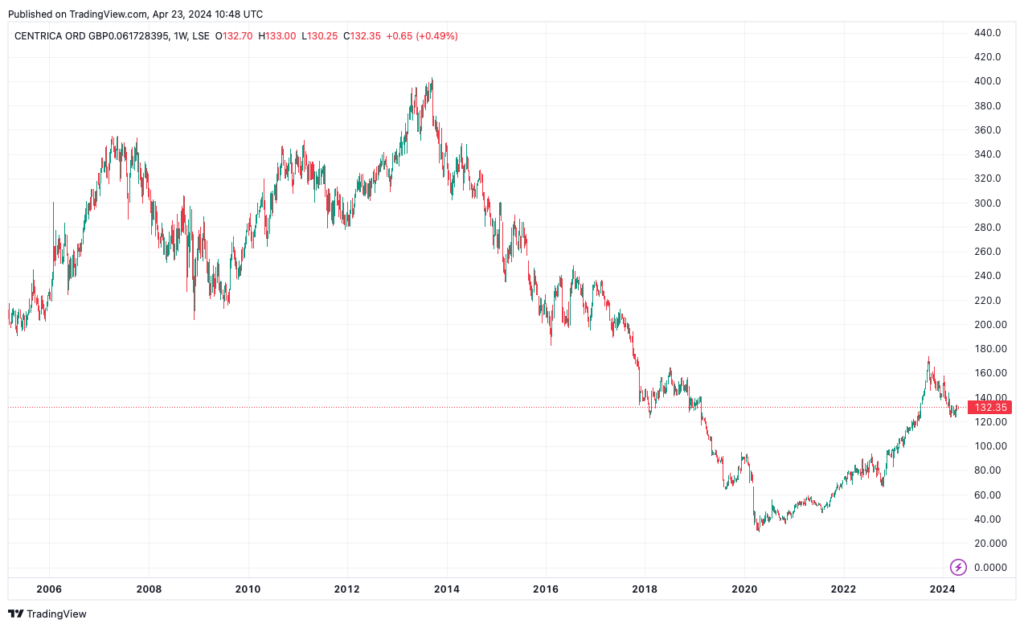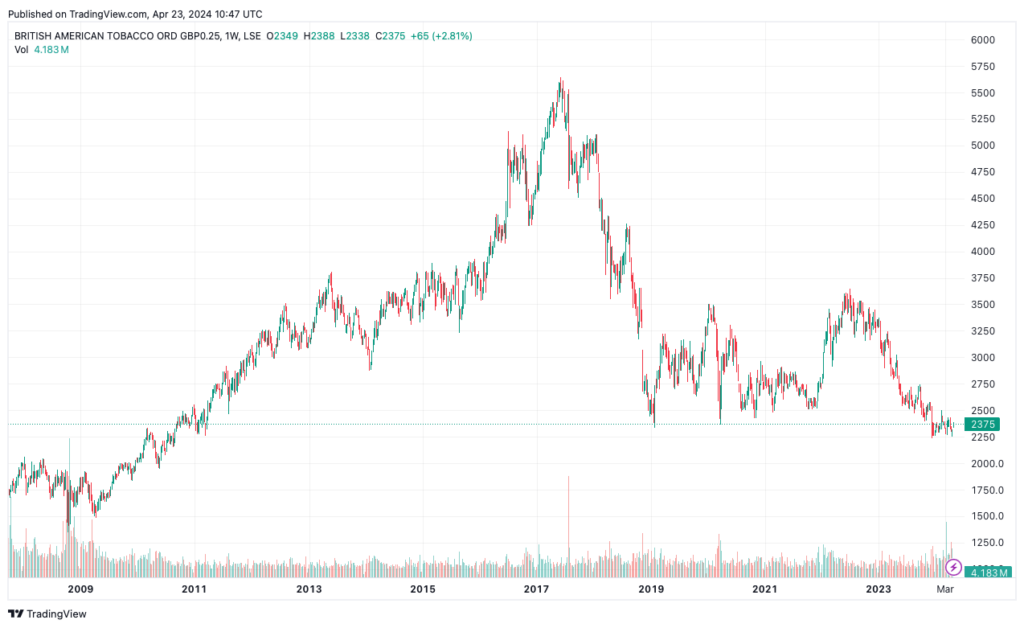One of the first things investors learn about the markets is to separate cyclical and defensive sectors. Cyclical stocks, they are told, behave like economic cycles. Up they go when the business cycle swings up. Down they crash on recessions. Meanwhile, defensive stocks will not go out of fashion. Their earnings are stable (sort of) throughout the entire economic cycle. Hence they will probably underperform during bull markets and hold up better during slowdowns.
This guide discusses the various defensive investment sectors and how you can allocate these stocks in a portfolio.
What are defensive stocks?
The defining characteristic of a defensive stock is resiliency.
To be precise, it is the ability to sell its products during a boom and a recession. As a defensive stock’s goods (or services) are always in demand, the company is, more likely than not, to survive a period of economic turbulence. This corporate strength is what attracts investors to the defensive company shares.
But what are the best defensive stocks and what do they look like? According to some widely-used categorisation by analytics companies (such as Morningstar or MSCI), these defensive companies are broadly grouped into three major sectors, including:
- Consumer Defensives (or Staples)
- Healthcare
- Utilities

Source: Morningstar.com
The key here lies in the ‘necessity’ of a company’s product and therefore its protected revenue stream. A utility provider is one such company. A recession is unlike to dent the need for basics like electricity, water or internet. A consumer staple could be a company like Tesco (TSCO) or Walmart (US:WMT), places where consumers load up their food trolleys. Yes, people may buy fewer groceries during an economic downturn but still, they will buy. These are essential spending stocks.
According to GICS, within consumer staples are a wide variety of products, as tabulated below:

Source: MSCI (2019), see here for a newer update of the GICS sector classification
As for healthcare, regardless of what’s happening to the economy the weak will, unfortunately, fall victim to disease and other common illnesses. Hence healthcare products are always critically needed. These spending are unavoidable and non-negotiable. Companies that benefit from these spending habits therefore contain defensive qualities.
In contrast, when a household suffers from an income shock (due to retrenchment, for instance), the first thing to go is discretionary spending. Items like unnecessary movie/gyms subscriptions, eat out in expensive restaurants, or foreign travels are reined in. Luxury spending, in particular, is also curtailed. As such, these are called “cyclical industries” because these companies perform superbly during an upswing and badly on a recession. Earnings can shrink substantially.
Defensive equities aside, there are other instruments or assets that are deemed as defensive as well, like government bonds and gold.
In the last financial crisis back in 2008, investors fled from risky stocks en masse. The only instrument that investors trusted during the credit crisis was the US government bonds. During the 2020 pandemic, this flight to quality episode also occurred, albeit briefly.
The pros and cons of investing in defensive stocks
Pros
- Lower volatility during episodes of market turbulence
- Provide return diversification in a portfolio
- Opportunities for capital gains and dividend growth
Cons
- Lower growth than new companies (especially in exciting sectors)
- Suffer from a prolonged rotation into growth
- Country-specific defensive qualities may vary
Are defensive instruments a buy now?
Based on the above discussion, investors will naturally wonder if they should buy defensive stocks right now.
From the macro perspective, there are three reasons to hold investments in some defensive sectors:
- Economic uncertainties are continuing to weigh on the market. In January, investors were anticipating multiple rate cuts. A mere four months later, these hopes have diminished drastically. Macro developments are changing at a hectic pace and investors may want securities that are less volatile.
- A general rotation out of pricey growth stocks into defensive sectors. Many ‘stonks’ (eg Super Micro (SMCI)) have corrected sharply this spring and investors may start to rotate out of growth stocks.
- Some defensive sectors are continuing to earn massive profits despite the challenging macro background.
Take Centrica (UK:CNA), owner of British Gas. Skyrocketing energy prices reversed its flagging earnings decisively. In 2020, CNA’s group operating profit was just £699 million. This figure rose to a staggering £2,752 million last year – a nearly fourfold increase. Driven by the explosive rise in earnings, Centrica’s share prices surged from 40p in 2021 to a peak of 170p last year (see below). So once in a while there is a good trade to be had in defensive stocks.

Risks of buying defensive stocks
During a bull market, defensive instruments are less attractive. After all, investors want to extract the most capital gains in the shortest possible time. These fast gains, however, are usually outside the defensive sectors.
The first risk in buying defensive stocks is a lengthy bull run in growth industries. This, in turn, exerts pressure on investors and fund managers to switch from defensive to growth-oriented stocks. Hardly any fund manager can justify holding a boring utility when a new Tesla is rising 50 percent a year. Without wide participation, the prices of defensive companies are unlikely to appreciate much.
But will this risk materialise in 2024? Growth stocks, particularly the ‘Magnificent Seven‘, have valuations that appear stretched. They are vulnerable. Fundamental factors that previously supported their bull runs are starting to fade away. Witness the slump in Tesla’s (TSLA) share price this year. Down by more than 40 percent as investors anticipate a drop in EV sales. Against this backdrop, investors are presumably in no rush to overweight growth stocks. Defensive sectors may benefit if this assumption holds.
The second risk is a shaky business model or a stagnating customer base. Take the tobacco sector. Widely considered a defensive sector because most tobacco customers are inclined to continue buying its products (the nicotine effect). Still, UK tobacco stocks are not doing well. British American Tobacco (BATS), for instance, saw its share price slump from £35 in 2022 to £24 these days; while the FTSE 100 Index is trading at new all-time highs.
Defensive stocks are sometimes at risk of underperforming the general market. In the UK, this risk is very real because many defensive stocks have been mired in extensive downtrends for years. Think BT Group (BT.A). Nearly a decade later, its share price is still trading at 80 percent below the 2015 peak. Imagine the relative outperformance in buying US tech stocks.
The third risk is that country-specific factors may sometimes overwhelm a stock’s defensive character. Not all defensive stocks behave the same way in all countries. In the US, utility stocks have been appreciating generally. Here in the UK, some utility stocks were woeful. But some did reasonably alright, like United Utilities (UU.).
Remember, a defensive stock does not mean its share price will not drop. Investors just hope these stocks will drop less than the broad market.

How to invest in defensive stocks
After improving your knowledge of the characteristics of defensive sectors, how should you approach and incorporate these securities in the portfolio?
One, determine how much defensive-ness you wish to incorporate in the portfolio. Remember, a defensive portfolio allocation means that you have most of your risks in defensive sectors and assets.
But is this appropriate for you? A diversified portfolio normally includes some bond funds, gilts, gold and cash, on top of consumer staples, utility or healthcare stocks. For some, this may prove too much as they are missing out on those fast-growing trillion-dollar tech companies. Even Buffett had to buy one of the Mag7 – Apple (APPL) – to balance out his increasingly low-tech portfolio.
Two, do you buy the defensive sector generally or specifically? In other words, do you use a broad ETF to capture the sector returns or buy stocks individually? The latter means you need to know which stock to pick. Not all investors have the time or expertise to do this. If you pick the wrong one, you may not get the defensive return characteristics you planned for.
In the US, you can approach large-cap sectors using the Utilities ETF (XLU), Staples (XLP) or Healthcare ETF (XLV).
Three, research the earning trends and debt levels of the defensive stocks before buying. This is because all defensive sectors are different from one another. Coca-cola (US:KO) is a classic consumer staple stock that is also a dividend aristocrat. Its earnings are global, stable and steadily growing over time. Unfortunately, not every consumer staple stock has all these attractive qualities. Even worse, a few UK utility stocks, for example, are heavily indebted. Value traps we called these companies.
Four, plan how you intend to vary the allocation of these defensive securities. Set up a few ‘triggers’ to trim or add the defensive allocation. A very crude example here. Increase defensive allocation when the S&P drops 10 percent from its high.
Some may wish to review this every six months; some do it annually. There are no fixed rules, really. But the key to know is that the defensiveness allocation is dynamic. Market shifts; so should your portfolio.


Jackson is a core part of the editorial team at GoodMoneyGuide.com.
With over 15 years industry experience as a financial analyst, he brings a wealth of knowledge and expertise to our content and readers.
Previously Jackson was the director of Stockcube Research as Head of Investors Intelligence. This pivotal role involved providing market timing advice and research to some of the world’s largest institutions and hedge funds.
Jackson brings a huge amount of expertise in areas as diverse as global macroeconomic investment strategy, statistical backtesting, asset allocation, and cross-asset research.
Jackson has a PhD in Finance from Durham University and has authored nearly 200 articles for GoodMoneyGuide.com.



